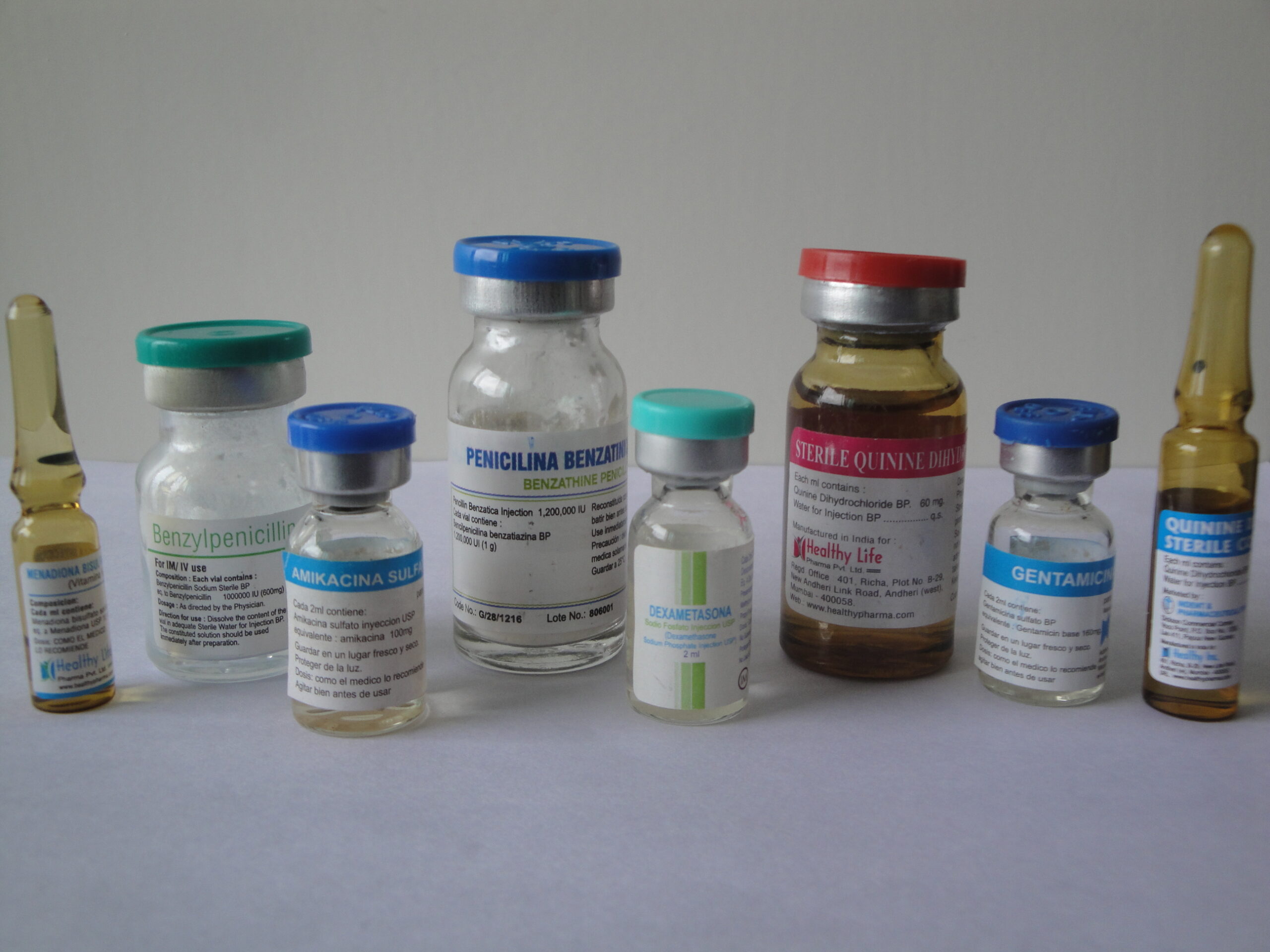Description
Lignocain with Adrenaline veterinary injection
Lignocaine with adrenaline is a combination medication commonly used in veterinary medicine for local anesthesia and to control bleeding during surgical procedures or wound management. Here are some common usages:
Local Anesthesia: Lignocaine (also known as lidocaine) is a local anesthetic that works by blocking nerve signals in a specific area of the body, numbing the region and preventing pain sensation. Adrenaline (epinephrine) is often added to the solution to constrict blood vessels, which helps to reduce bleeding and prolong the duration of the anesthetic effect.
Surgical Procedures: It is frequently used during surgical procedures that involve small to medium-sized incisions, such as minor surgeries, dental procedures, and wound debridement. The combination of local anesthesia and vasoconstriction provided by adrenaline helps to minimize bleeding, providing a clearer surgical field and facilitating the procedure.
Wound Management: Lignocaine with adrenaline can be used for wound management, especially in cases where suturing or debridement is required. The local anesthetic properties help to reduce pain at the wound site, while adrenaline helps to control bleeding, making it easier to clean and close the wound.
Dermatological Procedures: In veterinary dermatology, this medication can be used for procedures such as skin biopsies, abscess drainage, or removal of skin tumors. It provides local anesthesia to alleviate pain and vasoconstriction to minimize bleeding during these procedures.
Nerve Blocks: Lignocaine with adrenaline can be used for regional nerve blocks to provide anesthesia to specific areas of the body, such as limbs or surgical sites. This technique is commonly used for procedures such as limb amputations or orthopedic surgeries.
It’s important to note that the usage and dosage of lignocaine with adrenaline should always be determined by a veterinarian based on the specific needs of the animal and the procedure being performed. Additionally, careful attention should be paid to potential side effects or contraindications, especially in animals with underlying health conditions.
Lignocaine with adrenaline (also known as epinephrine) is a combination medication commonly used in veterinary medicine for various purposes. Here are some of its common usages:
Local Anesthesia: Lignocaine (lidocaine) is a local anesthetic that blocks nerve signals in a specific area of the body, numbing the area and reducing pain sensation. The addition of adrenaline (epinephrine) helps to constrict blood vessels in the area, reducing bleeding and prolonging the effects of the local anesthetic.
Surgical Procedures: It is often used during surgical procedures to provide local anesthesia, especially in procedures involving small areas or regions where vasoconstriction is beneficial to minimize bleeding.
Dental Procedures: Lignocaine with adrenaline is commonly used in veterinary dentistry for procedures such as tooth extractions, dental cleanings, and oral surgeries.
Wound Management: It may be used to provide local anesthesia for wound management, such as wound debridement or suturing, to minimize pain and discomfort for the animal.
Nerve Blocks: Veterinarians may administer lignocaine with adrenaline via nerve blocks for procedures such as limb surgeries or to manage pain associated with specific injuries.
Diagnostic Procedures: It can be used during diagnostic procedures such as biopsies or minor surgical procedures to provide local anesthesia and control bleeding.
Treatment of Arrhythmias: In some cases, adrenaline may be used to treat certain types of cardiac arrhythmias in animals, although this is less common and requires careful monitoring.
It’s important to note that the usage of lignocaine with adrenaline in veterinary medicine should always be under the guidance and supervision of a qualified veterinarian, as dosage and administration can vary depending on the species, size of the animal, and specific medical condition being treated. Additionally, adverse reactions or side effects can occur, and proper monitoring is essential during and after administration.
Lignocaine with adrenaline (epinephrine) is commonly used in veterinary medicine for various purposes, primarily for its local anesthetic and vasoconstrictive properties. Here are some of the common usages:
Local Anesthesia: Lignocaine (also known as lidocaine) is a local anesthetic that blocks nerve signals in a specific area of the body, providing pain relief. When combined with adrenaline, it prolongs the duration of anesthesia by constricting blood vessels, thereby reducing blood flow and slowing the absorption of the drug.
Surgical Procedures: It is often used during minor surgical procedures, such as wound repair, abscess drainage, or minor surgeries where localized anesthesia is required.
Dental Procedures: Lignocaine with adrenaline is commonly used in veterinary dentistry for procedures such as dental extractions, periodontal treatments, and oral surgeries.
Wound Management: It may be used to provide local anesthesia for wound cleaning, debridement, and suturing.
Hemostasis: The vasoconstrictive effect of adrenaline helps to reduce bleeding at the site of injection, making it useful for procedures where hemostasis (stopping bleeding) is important.
Emergency Medicine: It can be used in emergency situations, such as for wound management in trauma cases or for painful procedures that require rapid onset of anesthesia.
Nerve Blocks: Lignocaine with adrenaline may be used for regional nerve blocks to provide anesthesia to a specific area of the body, such as in limb surgeries.



